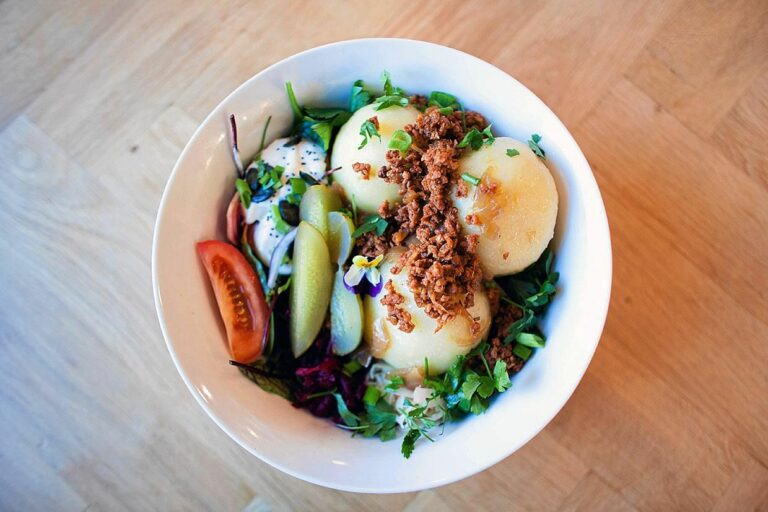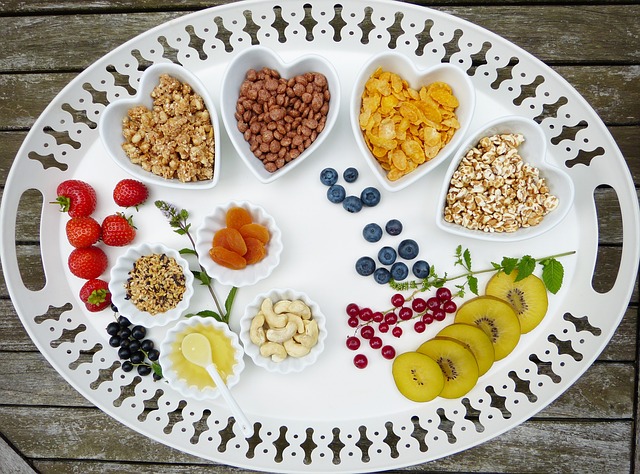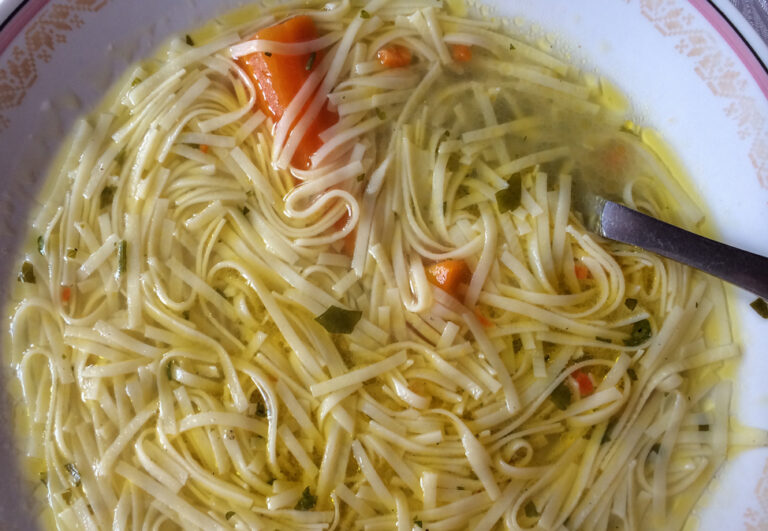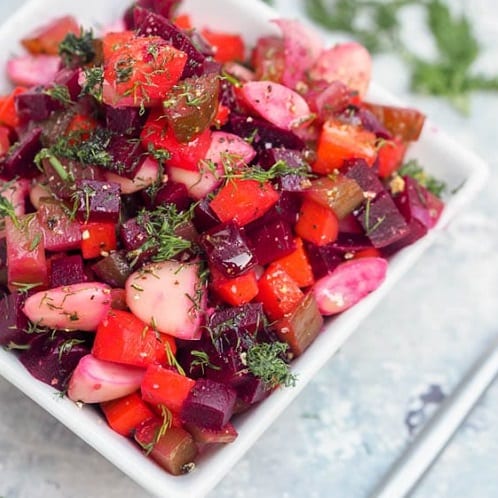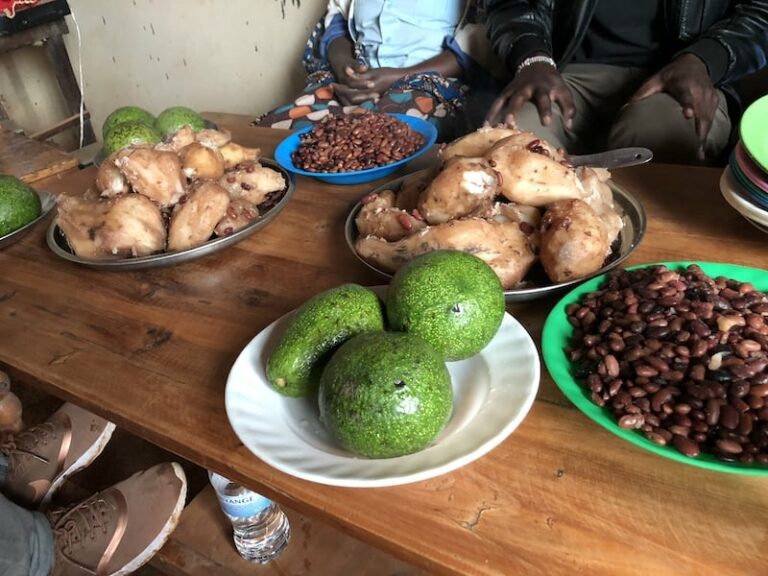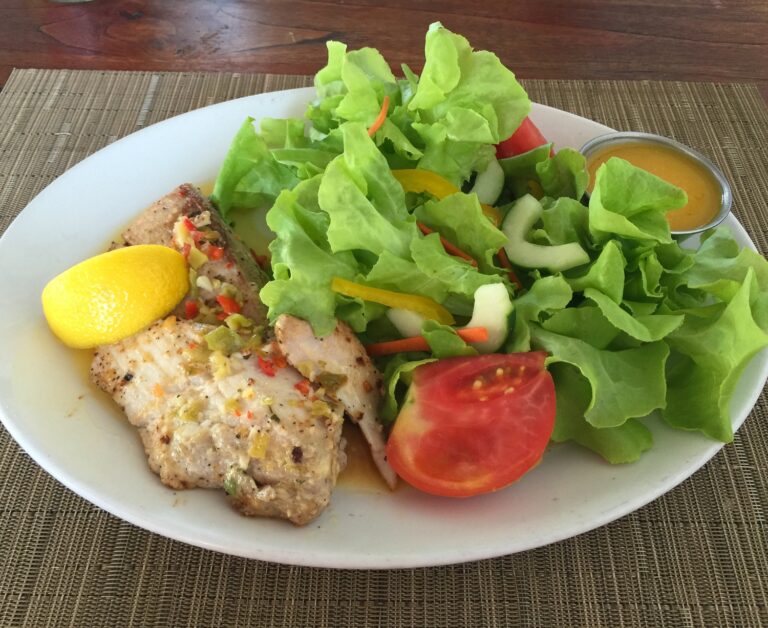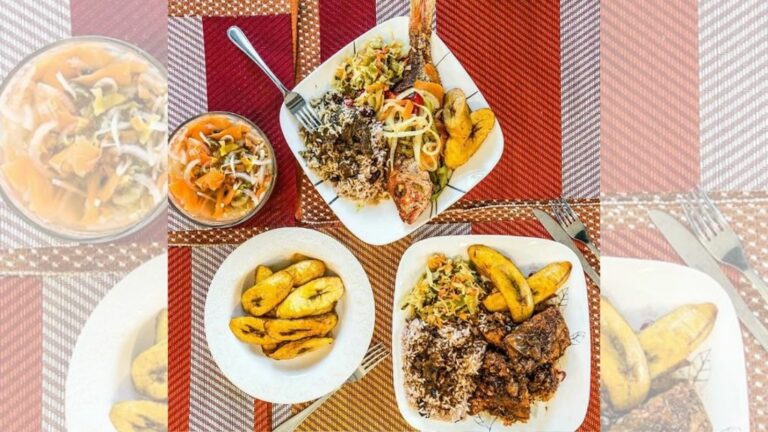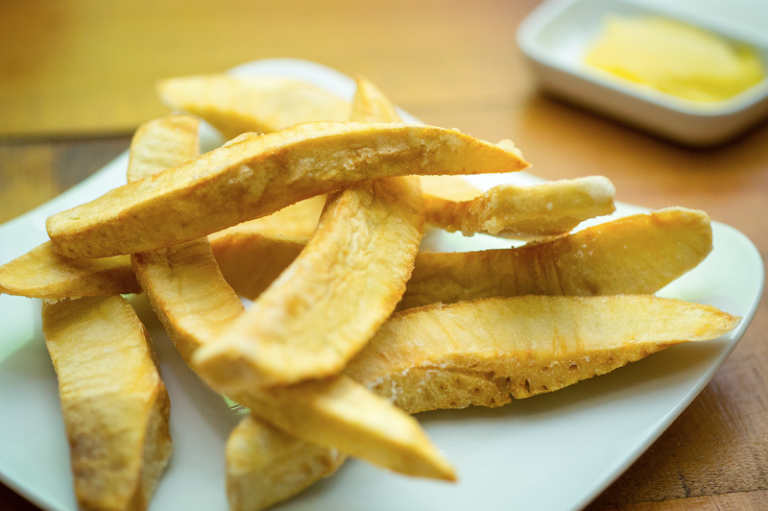Introduction: Polish Cuisine and Dietary Restrictions
Polish cuisine is known for its hearty, flavorful dishes that are usually made with meat, potatoes, and various types of grains. However, for those with dietary restrictions, such as gluten-free or vegetarian diets, it can be challenging to find suitable options when dining in Polish restaurants or preparing meals at home. Fortunately, there are plenty of traditional Polish dishes that can be adapted to meet these dietary needs, without sacrificing taste and authenticity.
Traditional Polish Dishes Suitable for Gluten-Free Diets
Polish cuisine relies heavily on wheat flour, which can make it difficult for those with celiac disease or gluten sensitivity to enjoy traditional dishes. However, there are several gluten-free options available in Polish cuisine, such as bigos, a savory stew made with sauerkraut, sausage, and various meats, or gołąbki, cabbage rolls filled with rice and ground meat. Another gluten-free favorite is kasza, a type of grain similar to buckwheat that is often used in soups or as a side dish.
Vegetarian Options in Polish Cuisine: Beyond Pierogi
Vegetarianism is becoming more popular in Poland, and many traditional dishes can be adapted to suit this diet. Pierogi, the famous Polish dumplings, can be filled with cheese and potato or sauerkraut and mushroom, while bigos can be made without meat or sausage. Another vegetarian favorite is żurek, a sour rye soup that can be served with boiled eggs instead of sausage. For a more modern take on Polish cuisine, try placki ziemniaczane, crispy potato pancakes that can be topped with sour cream or applesauce.
Vegan Polish Recipes: Delicious and Nutritious
Veganism is also gaining popularity in Poland, and there are plenty of dishes that can be made without any animal products. One favorite is kapusta z grochem, a hearty cabbage and pea soup that is rich in protein and fiber. Another vegan option is kopytka, a type of potato dumpling that can be served with mushroom sauce or sauerkraut. For a sweet treat, try makowiec, a poppy seed cake that is naturally vegan and gluten-free.
Low-Carb and High-Protein Polish Meals for the Health-Conscious
For those who are watching their carb intake or looking for high-protein options, Polish cuisine has plenty to offer. Golonka, a braised pork knuckle, is a protein-rich dish that can be served with sauerkraut or green beans for a low-carb option. Kotlet schabowy, a breaded pork cutlet, can be made with almond flour for a low-carb alternative. Finally, try zrazy, thin slices of beef that are stuffed with mushrooms and onions for a high-protein, low-carb meal.
Polish Desserts for the Sweet Tooth with Dietary Restrictions
Polish cuisine may not be known for its desserts, but there are several options available for those with dietary restrictions. Sernik, a type of cheesecake, can be made with gluten-free or almond flour crusts and can be sweetened with honey or maple syrup instead of sugar. Piernik, a gingerbread-like cake, can be made with gluten-free flour and sweetened with molasses or honey. For a dairy-free option, try kokosanki, coconut macaroons that are naturally vegan and gluten-free.

